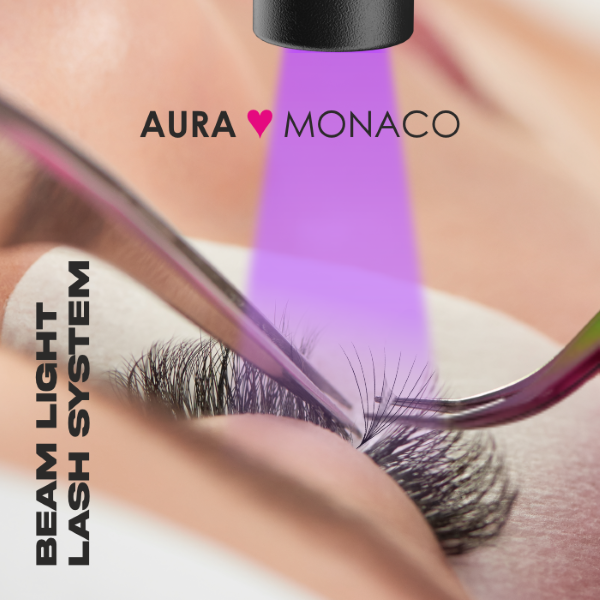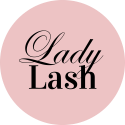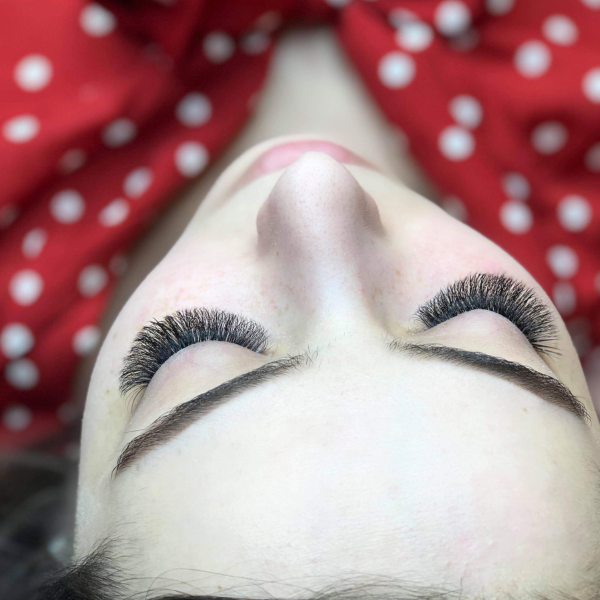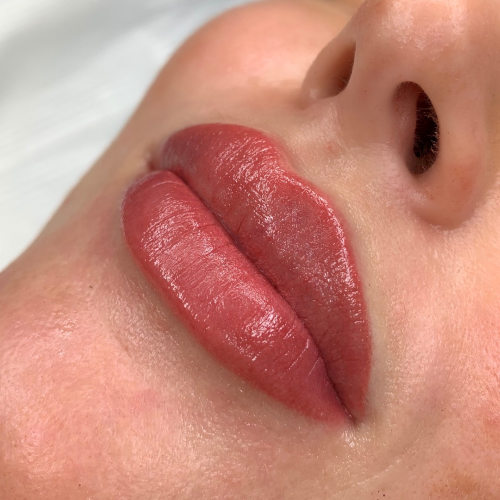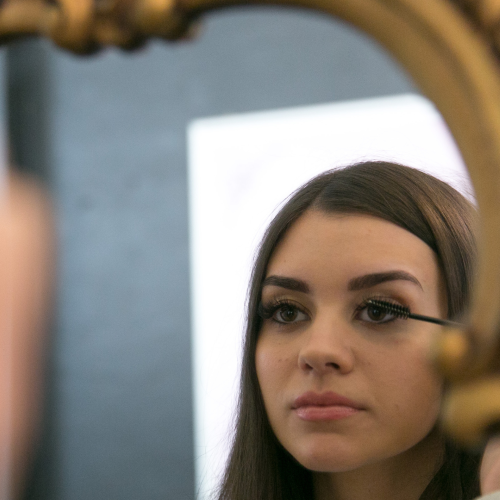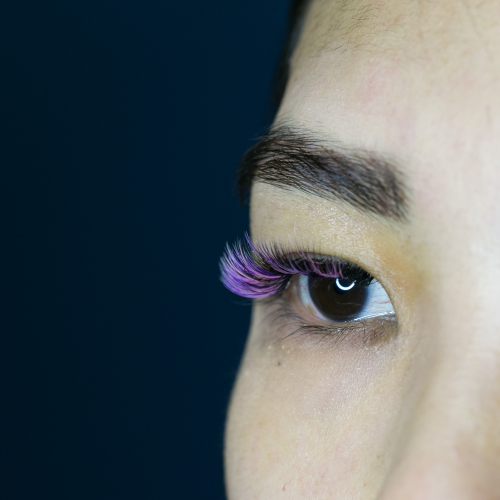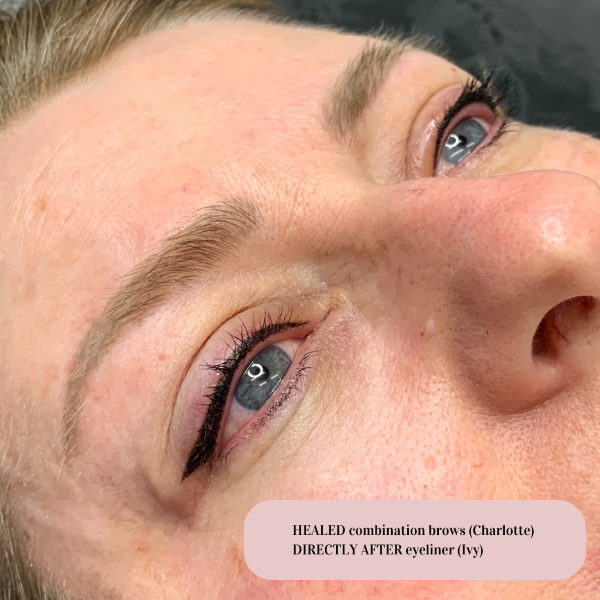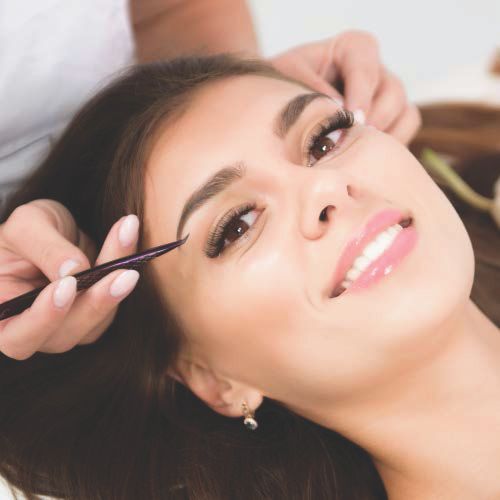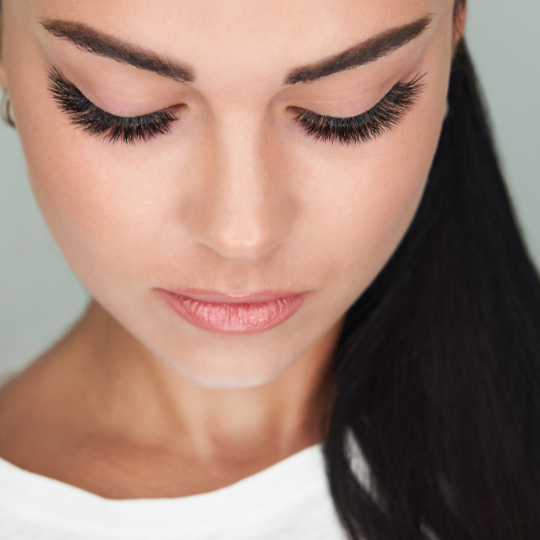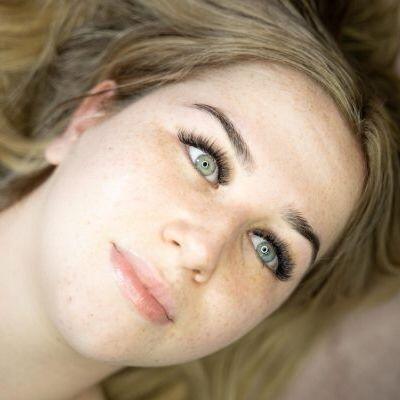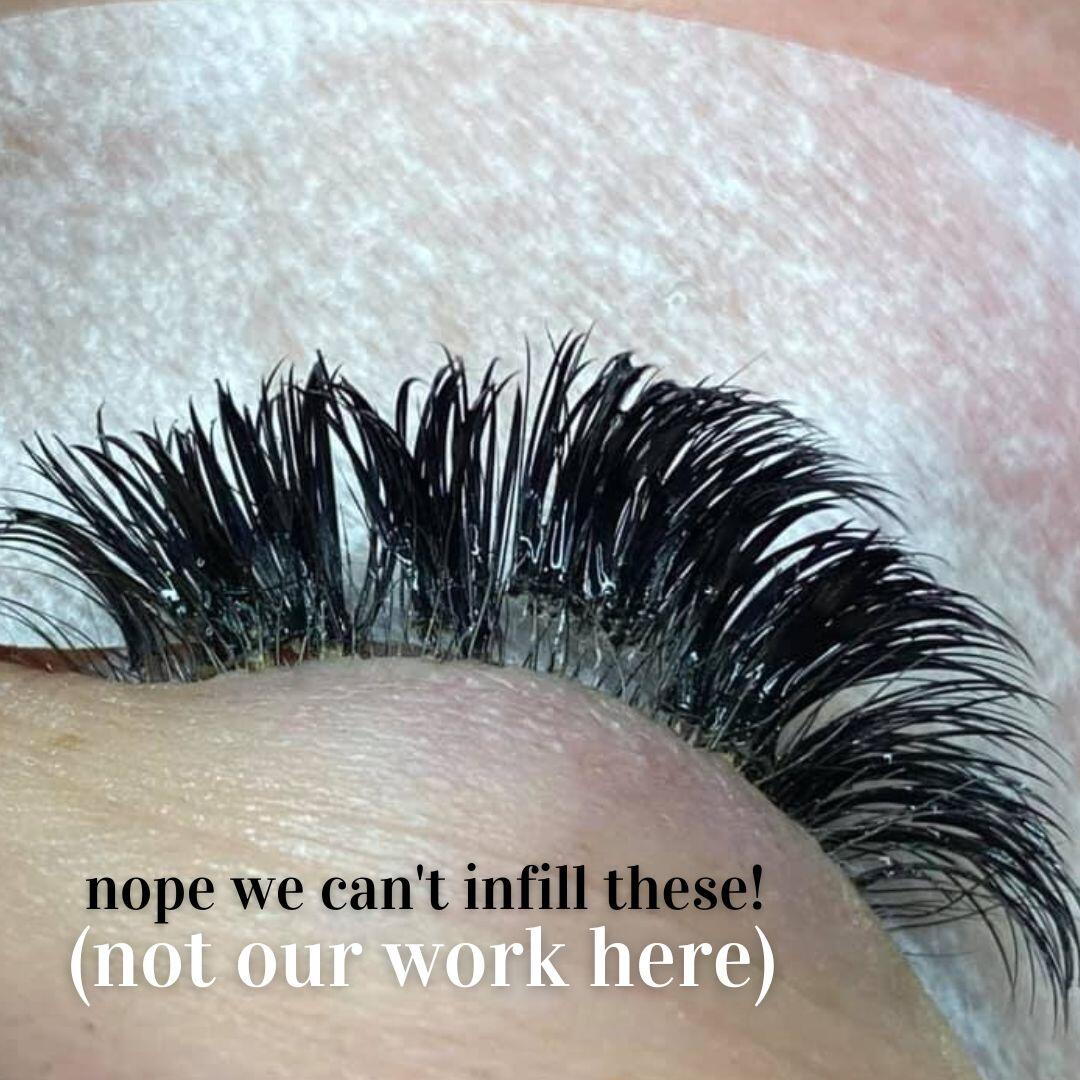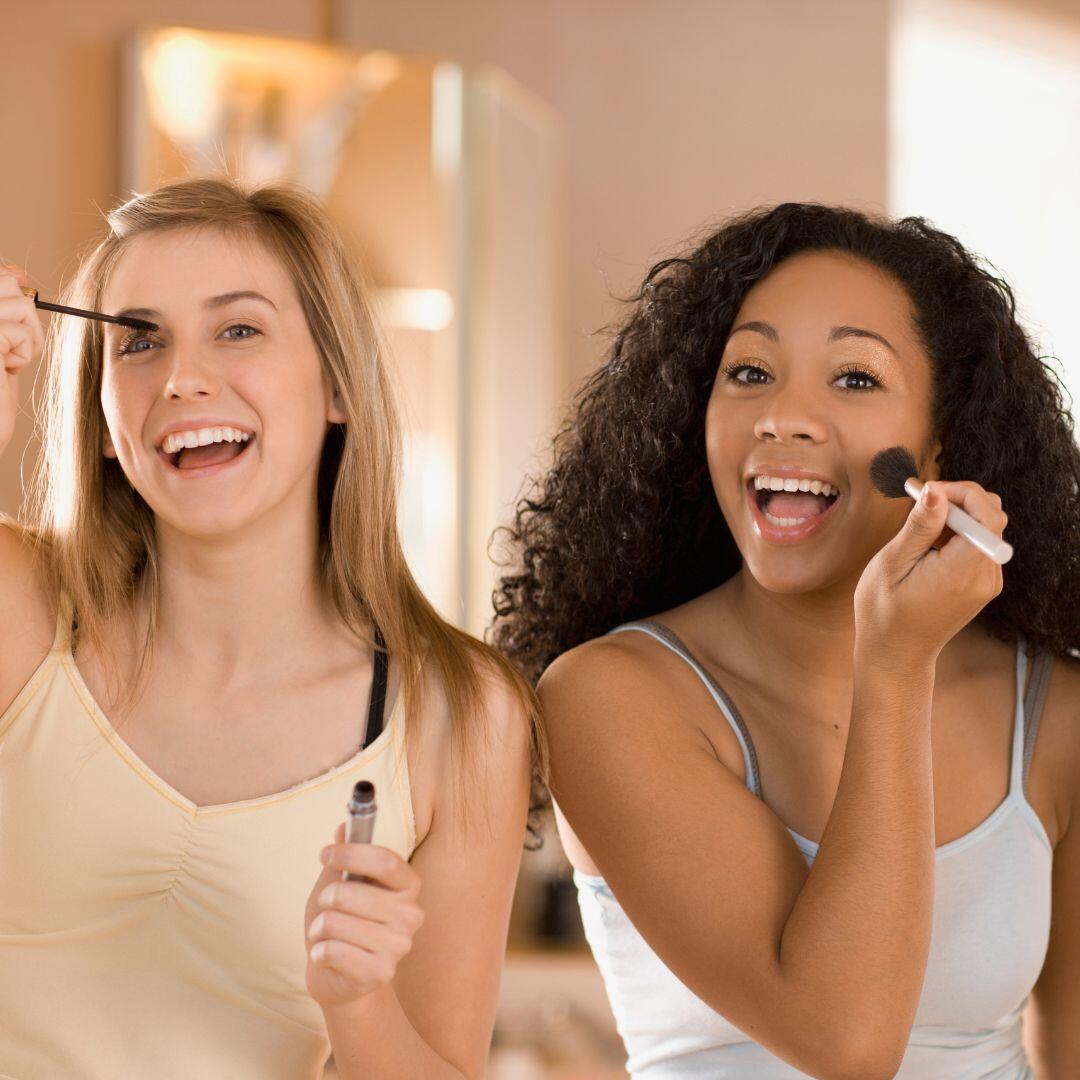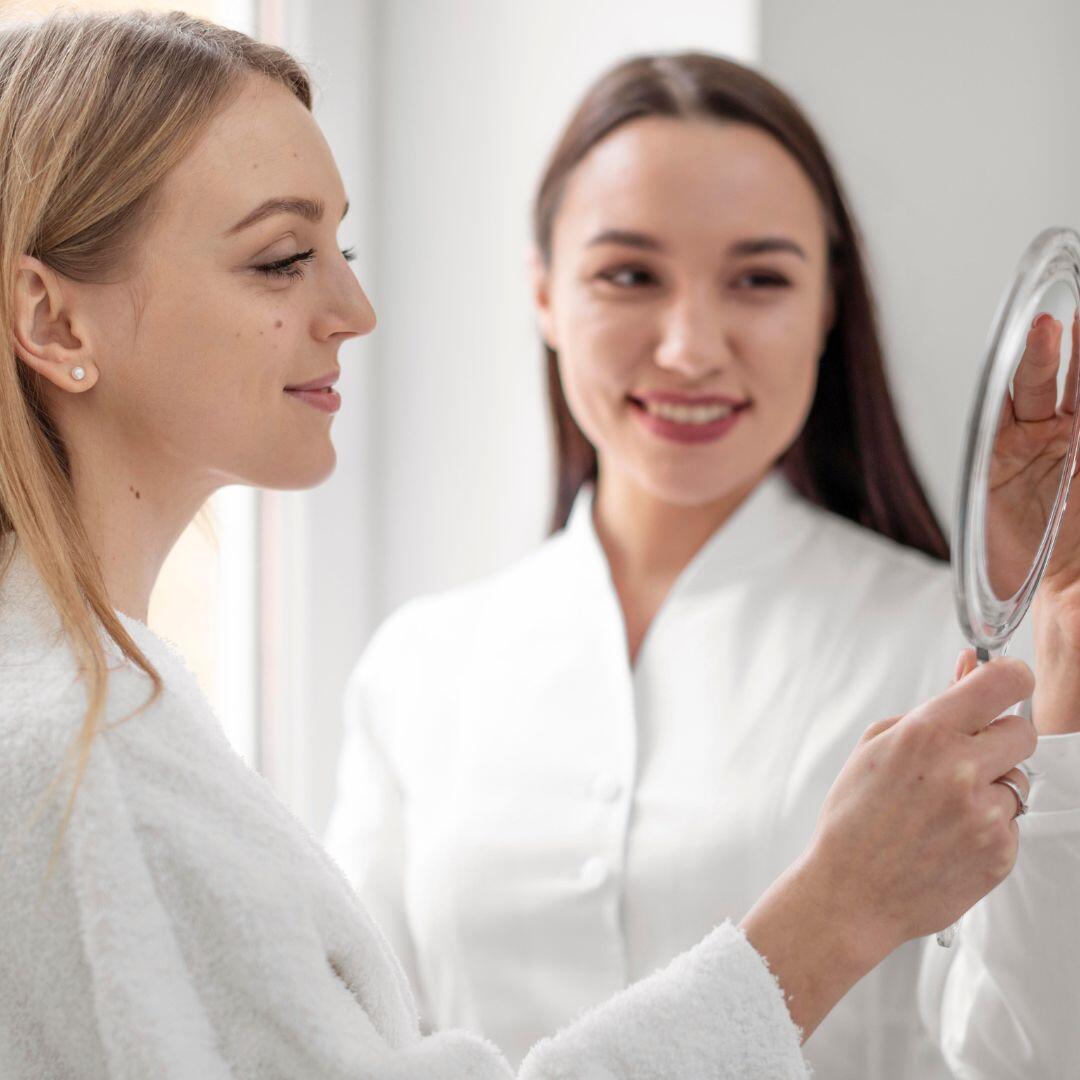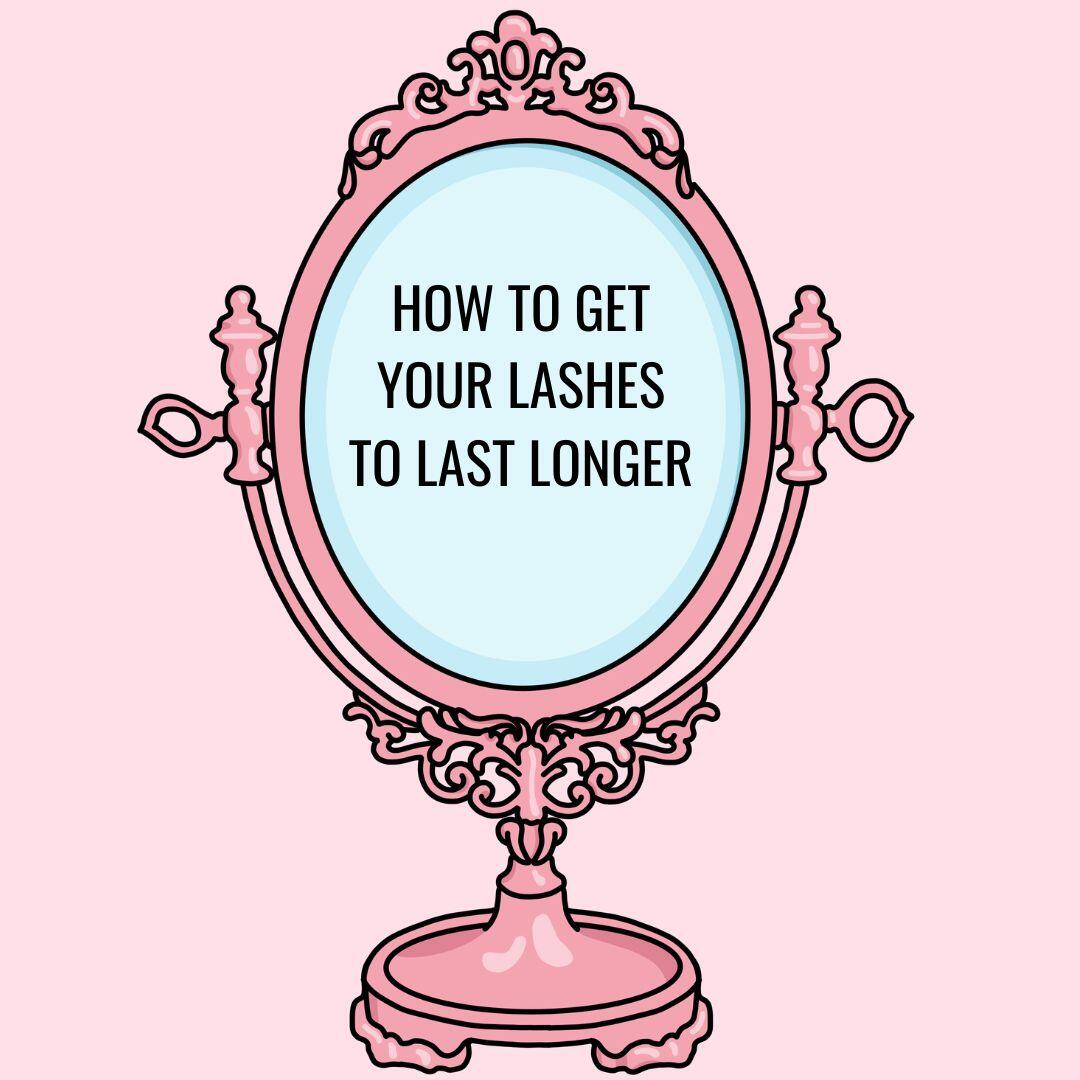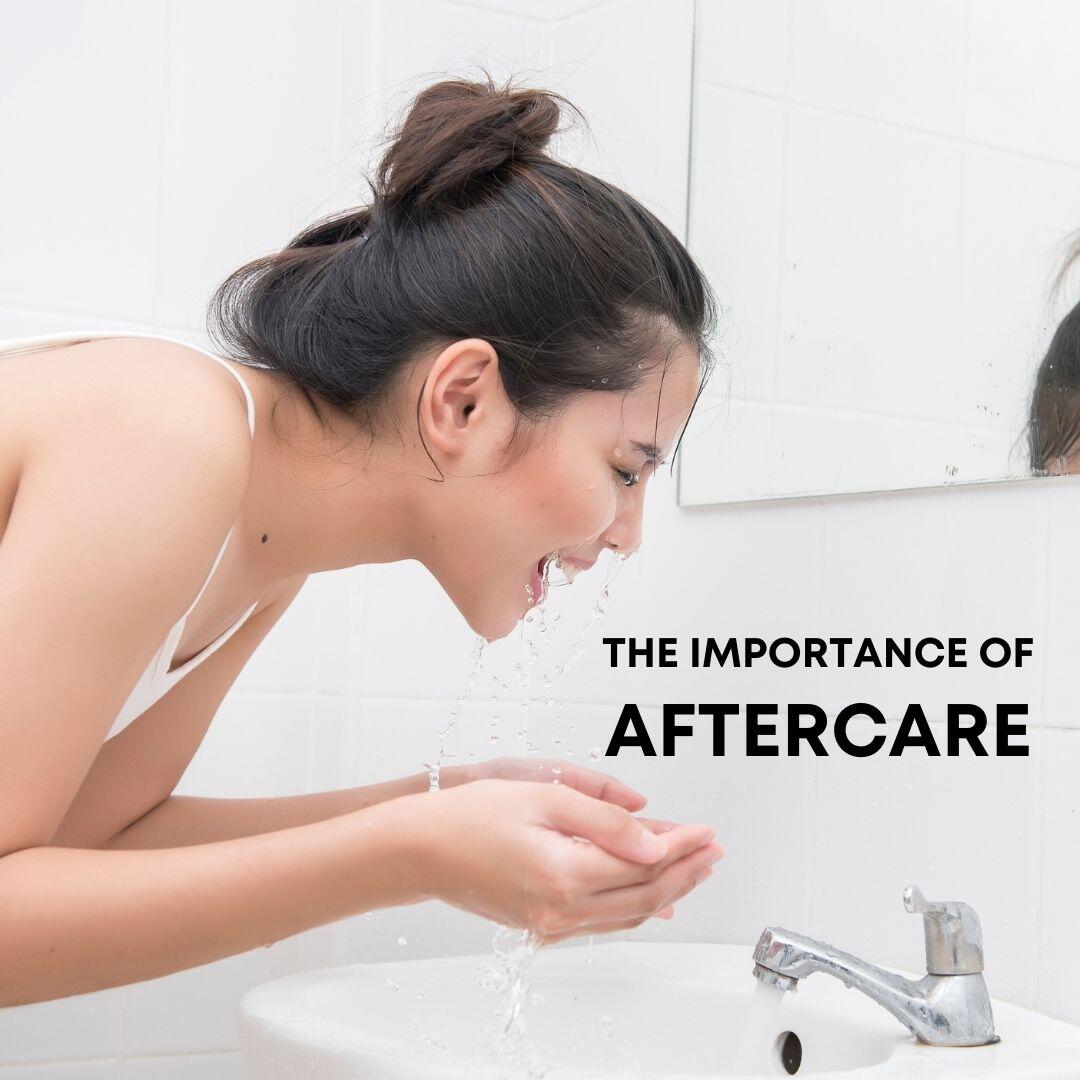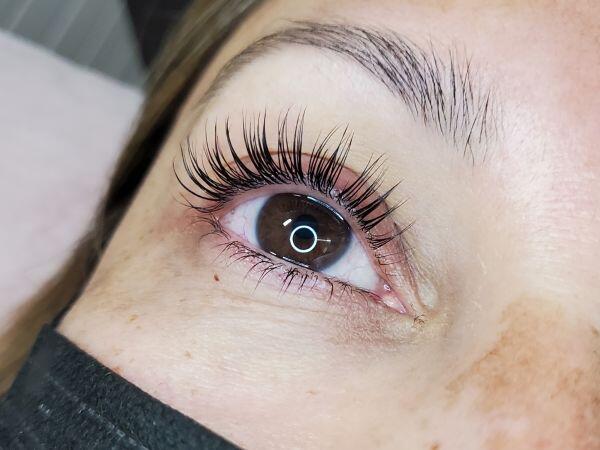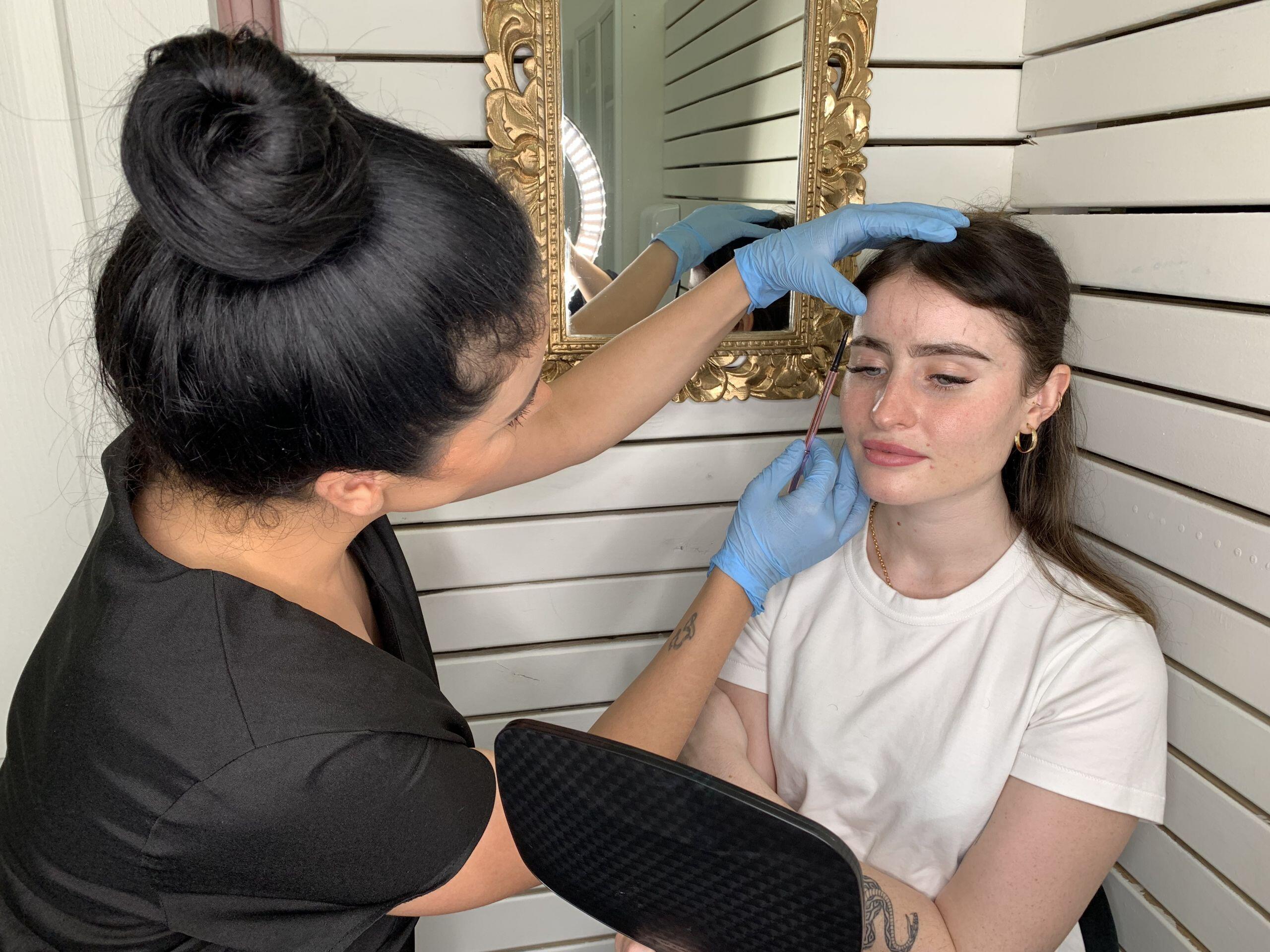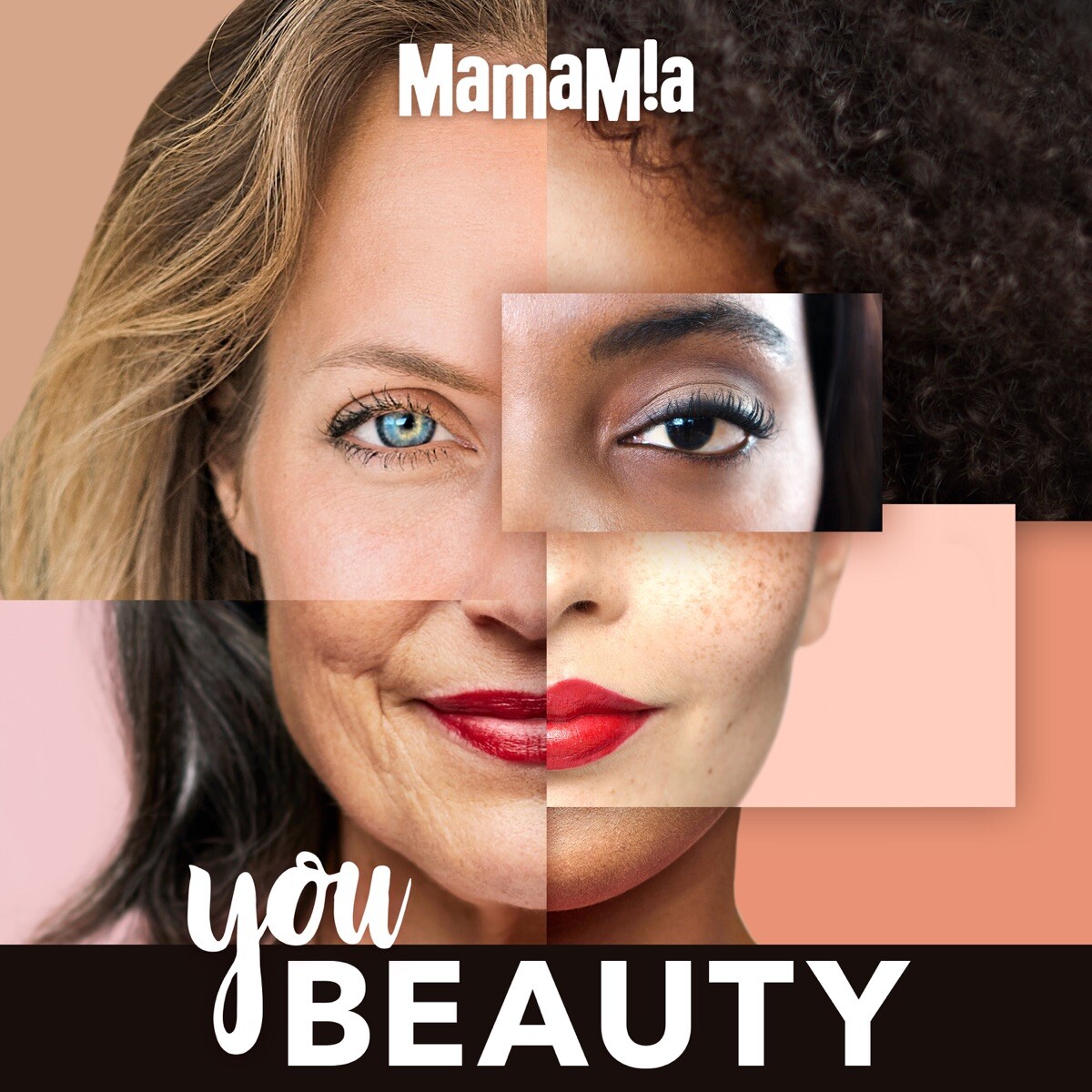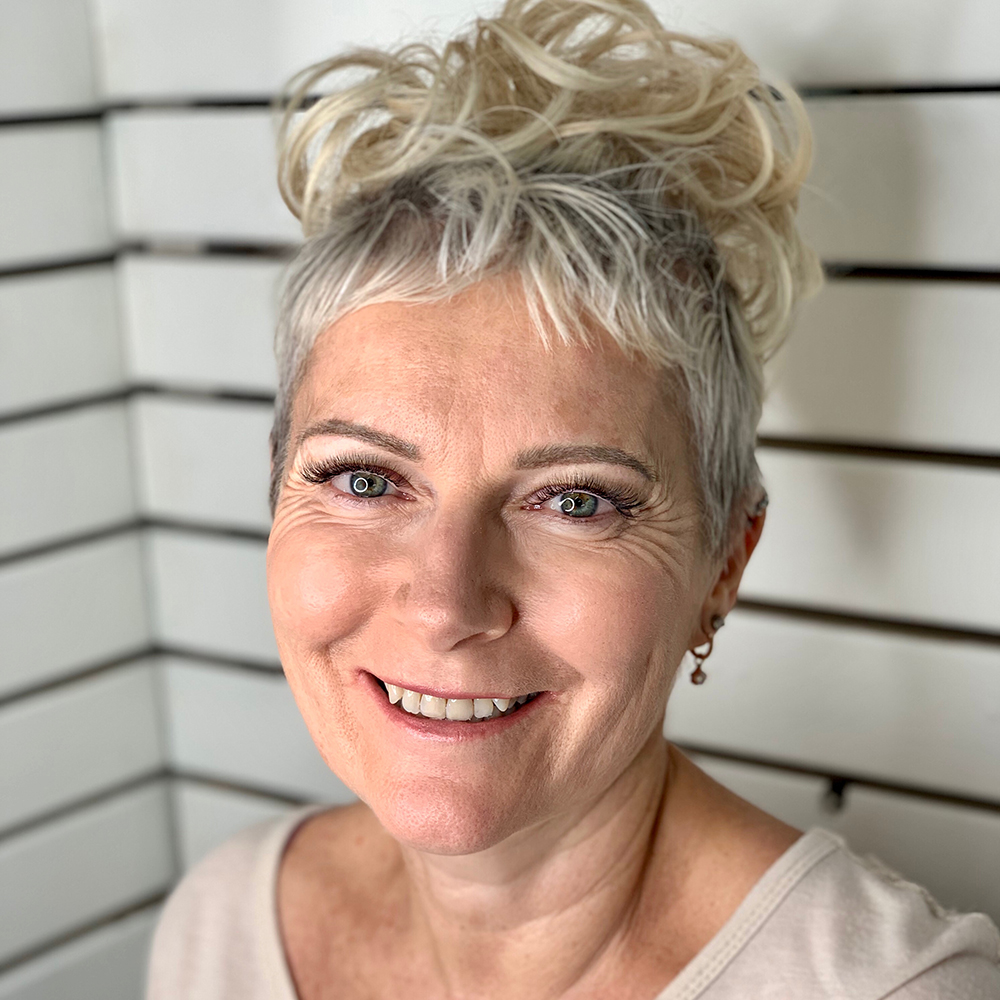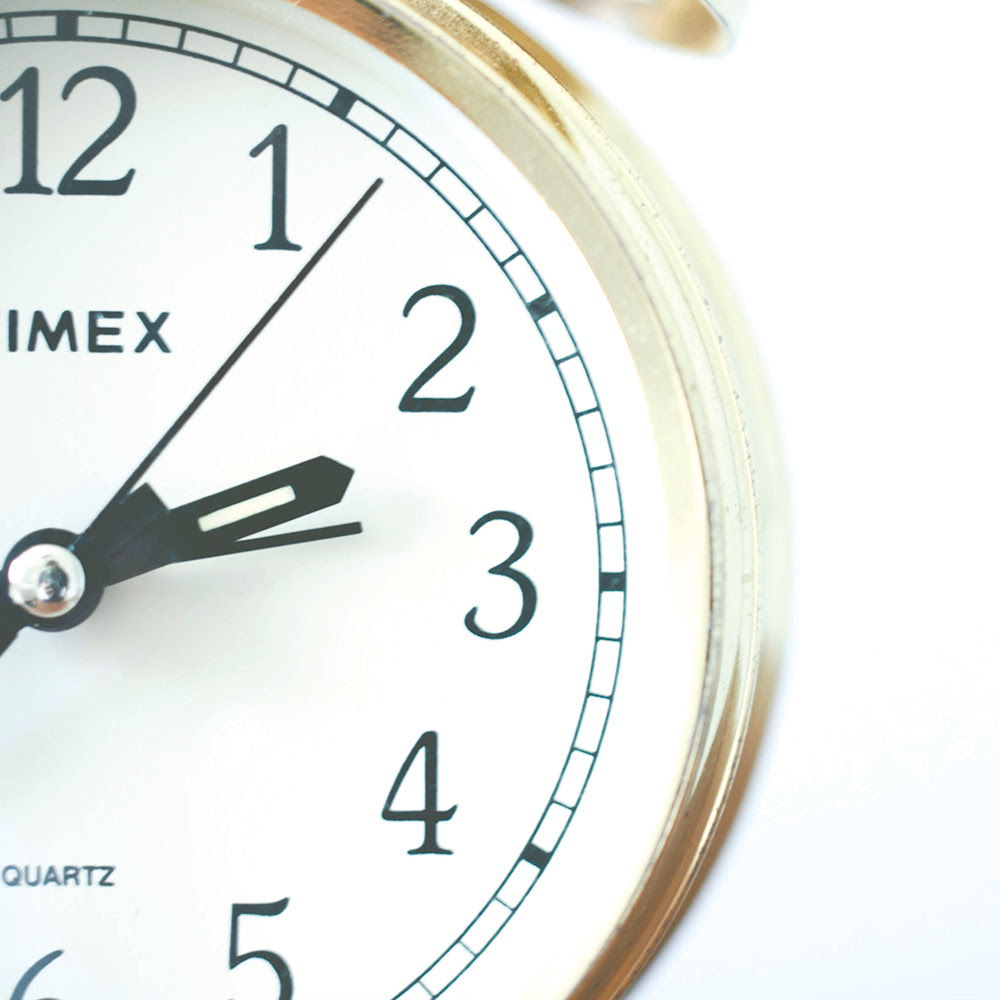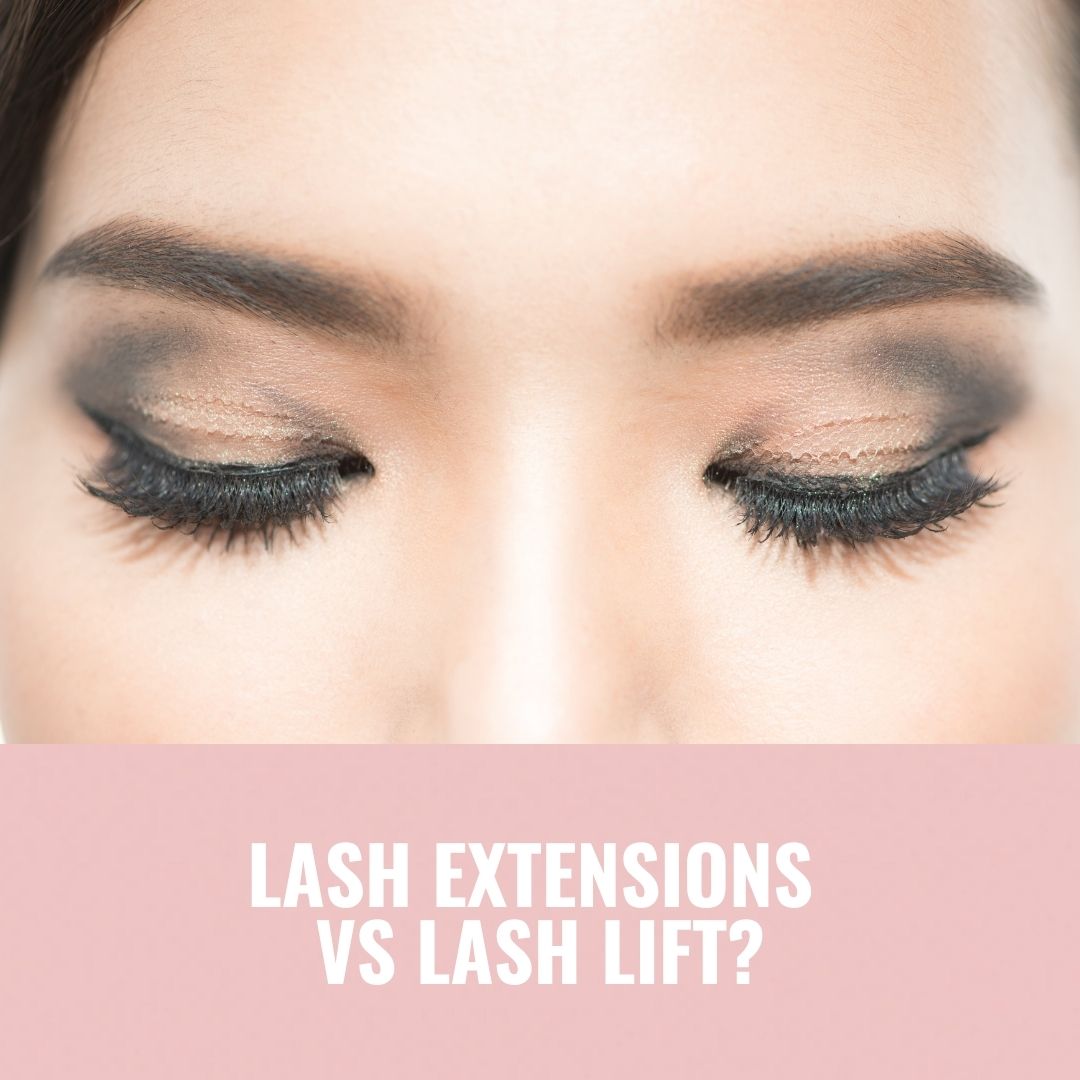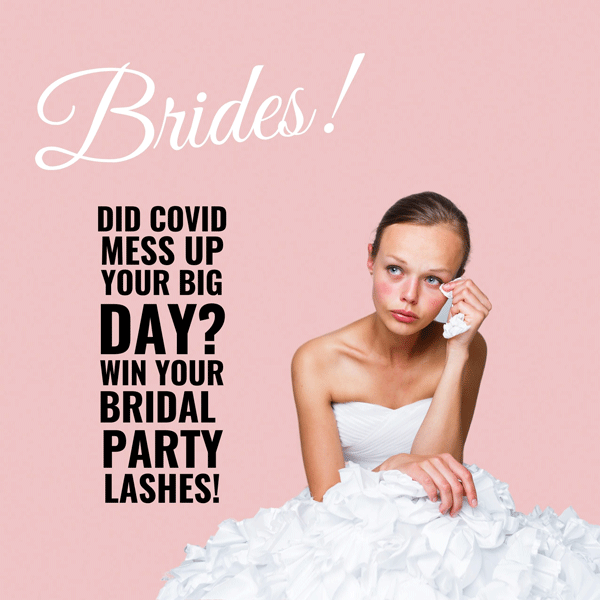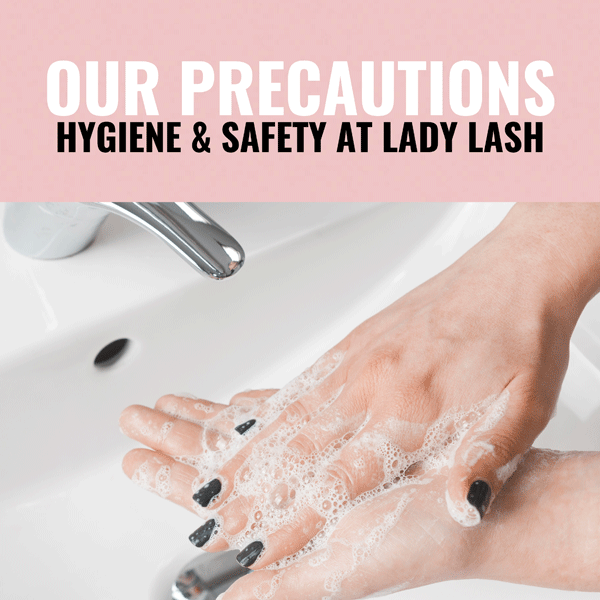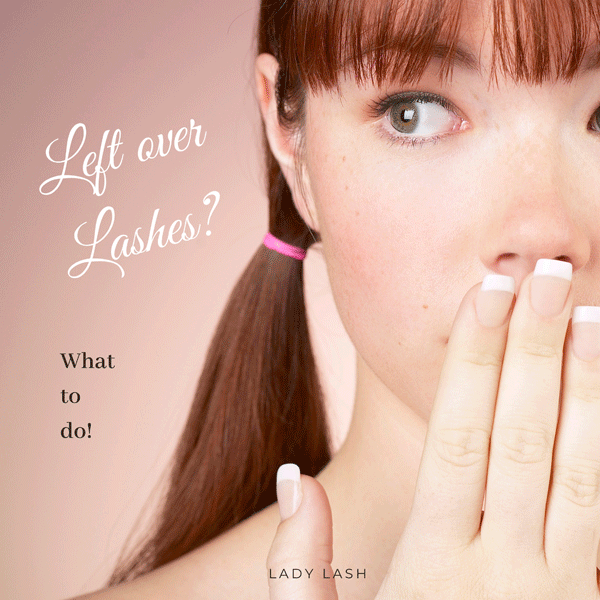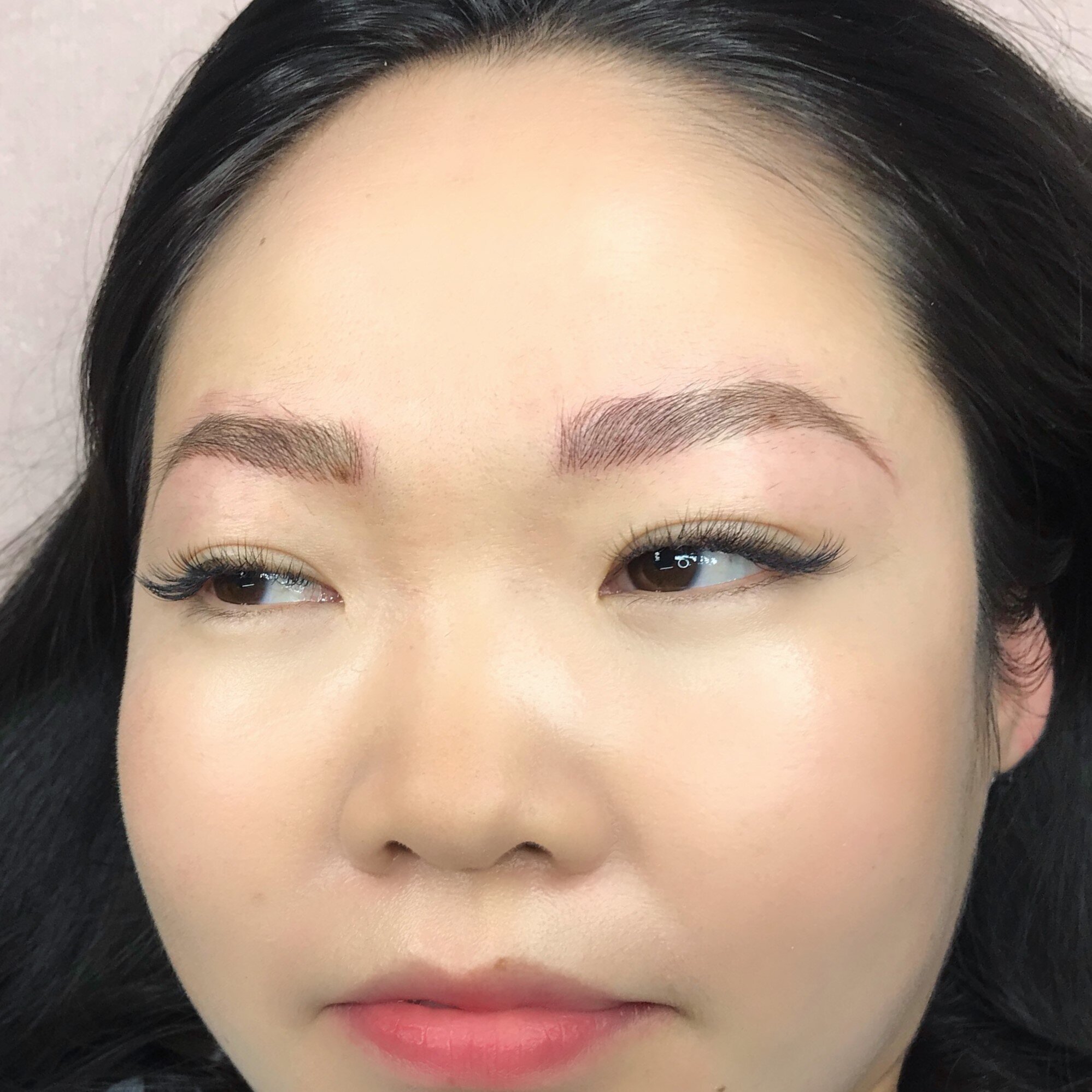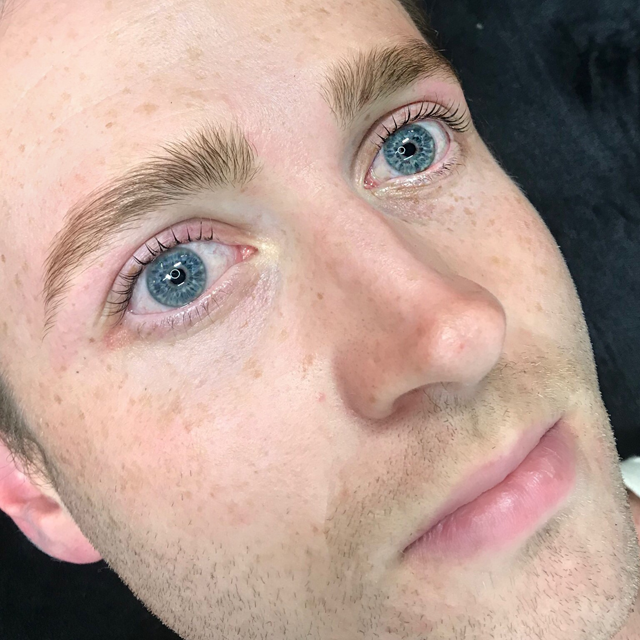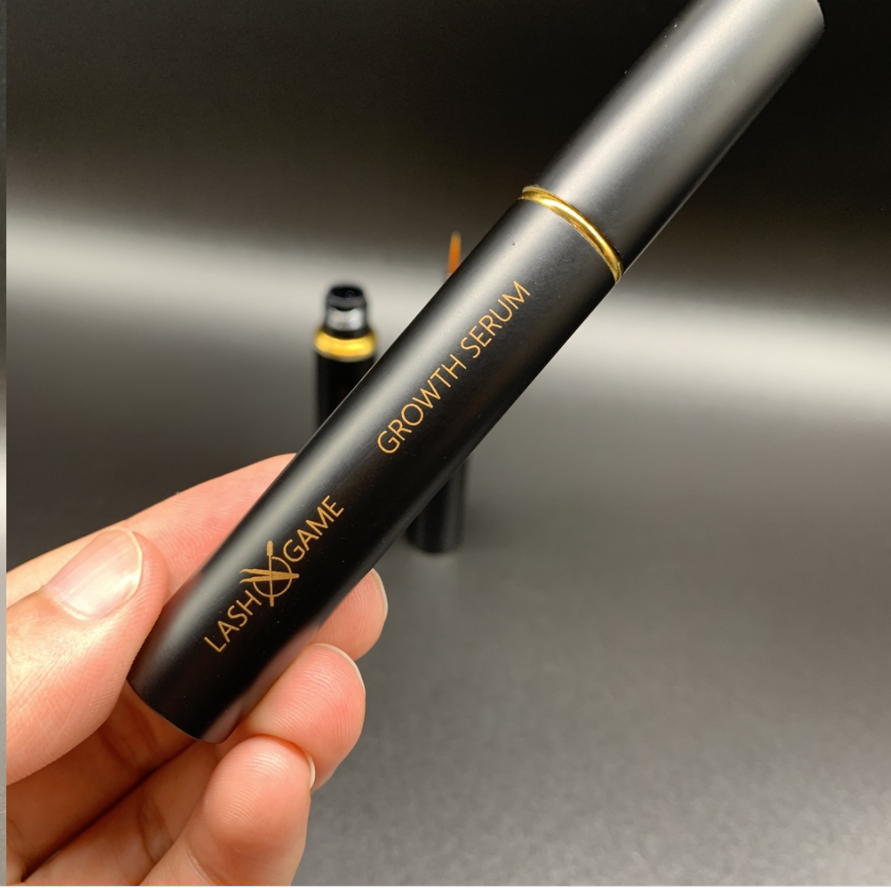We have recently introduced the long-awaited LED Lashes to our salons in Newtown and Parramatta (with Gosford soon to follow) – with amazing results!
LED lashes involve a slightly altered application technique than traditional eyelash extensions. The biggest difference is the adhesive type used, and the curing technique. Sometimes referred to as UV eyelash extensions, UV lashes or LED eyelash extensions, this is not so accurate – as it’s actually an LED light, which is quite different. We are amongst just a handful of salons across Sydney to offer LED lashes. A special LED lamp is used intermittently to cure each lash individually and completely. It is an advanced technique, where a high level of skill and precision are needed, but when done by an experienced professional, the results in terms of retention will generally surpass those of traditional eyelash extensions. It’s safe and has been well tested and we absolutely love it!
Benefits of LED lashes
Due to this curing method, the bond is extremely strong and oil resistant, which is a major benefit if you are someone who struggles with lash retention, has oily skin and/or hair, or has lashes that are very thick/straight and have had trouble holding extensions in the past. The adhesive cures instantly and does not require that you keep them dry for 24 hours to avoid unstable curing and extension loss. If you’re a swimmer/everyday gym goer etc, this could be a game changer for you.
For those of you who are time poor and want to make your visits here as few and far between as possible (it’s ok – we miss you but we understand!) we’re finding that most people are getting an additional week between infills with this type of technology.
If you are prone to very sensitive eyes and tend to find regular lash extension application irritating, in most cases, this will completely eliminate any irritation from adhesive fumes, and you will have zero redness after the treatment. Sensitivity/
Allergies (normally characterised by puffy, swollen eyelids) to eyelash extension adhesive aren’t eliminated with regular LED, however the chance of them is lessened. We now have a second LED adhesive that is more resin-based and does not contain the same primary ingredients, and in fantastic news, we are finding that most individuals who have previously been allergic to regular lash extension adhesives do not react to this one! To book this type, please choose one of our SensitiveLED sets (they can be infilled to thicker sets like hybrid/wispy/volumet etc once a reaction is ruled out!)
You are more than welcome to have an LED/Sensitive LED patch test to see if this would benefit you. Please book LED patch tests by contacting us directly on 0420 634 904 or via email, as these cannot be booked online.
There are a few circumstances where LED lashes are contraindicated – if you are on photosensitizing medications/
After care for LED lashes (washing them every day with a lash cleanser) is the same; for good eyelid hygiene, you do need to take care to keep your lash extensions clean, whichever way they’ve been applied. LED lashes can be wet immediately after the treatment, however.
Is it safe?
We are using the Aura Monaco Beamlight system, which has been tested over 2 years in cooperation with external testing laboratories and is 100% safe for the human eye and skin. It is a German system, where safety standards are amongst the highest in the world, and it complies with all current global standards and requirements. The device is CE and FDA certified and complies with Australian Standards. The LED technology itself is not new, and has been used in the dental and nail industries for many years – but has been adapted now for eyelash extensions.
At Lady Lash, we have been quite slow to adopt this technology, because we wanted to ensure that the system was very safe, that it was well-known and well-regarded, and that it was effective and actually provided a solid benefit. We are very confident in this product, however if you would like to learn more about the safety certifications, more information can be found here
Only some of our stylists are offering this technique initially whilst we integrate more specialised equipment into all salons, so bookings for this service are quite limited.
Got a question about LED lashes? Email us: info@ladylash.com.au
